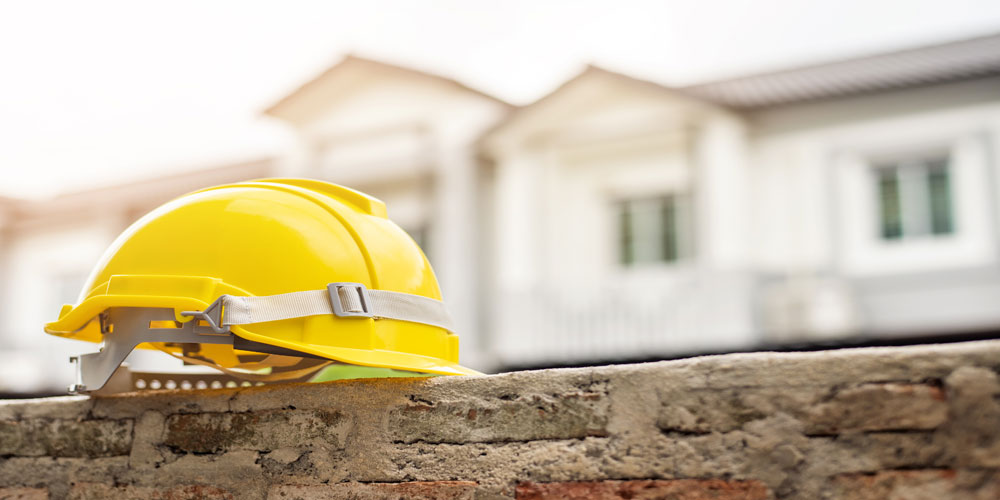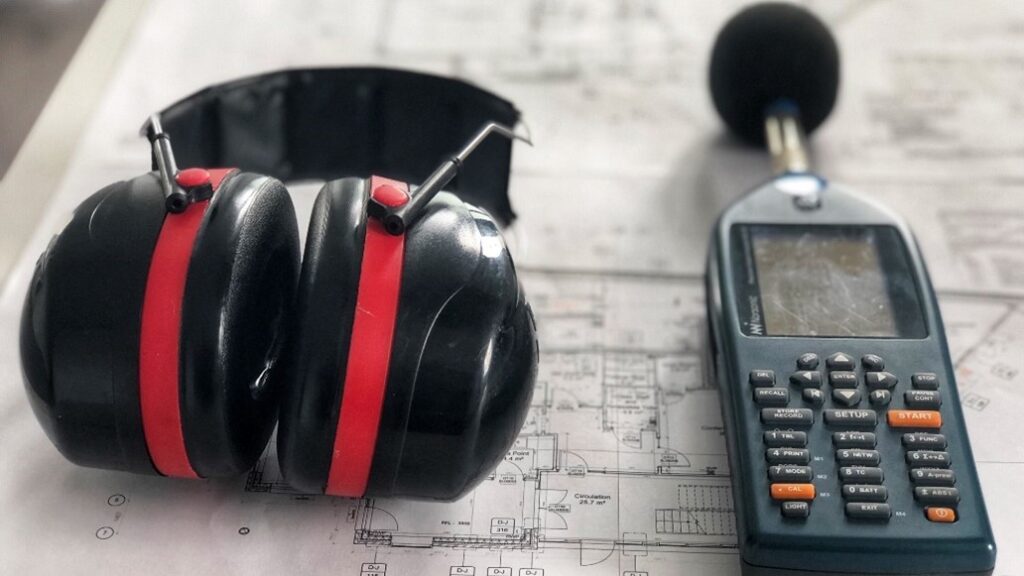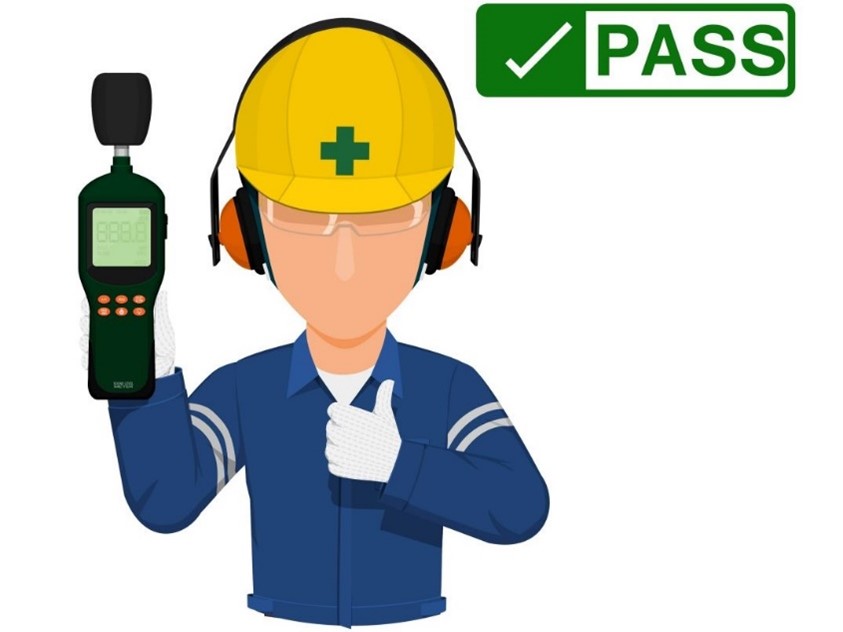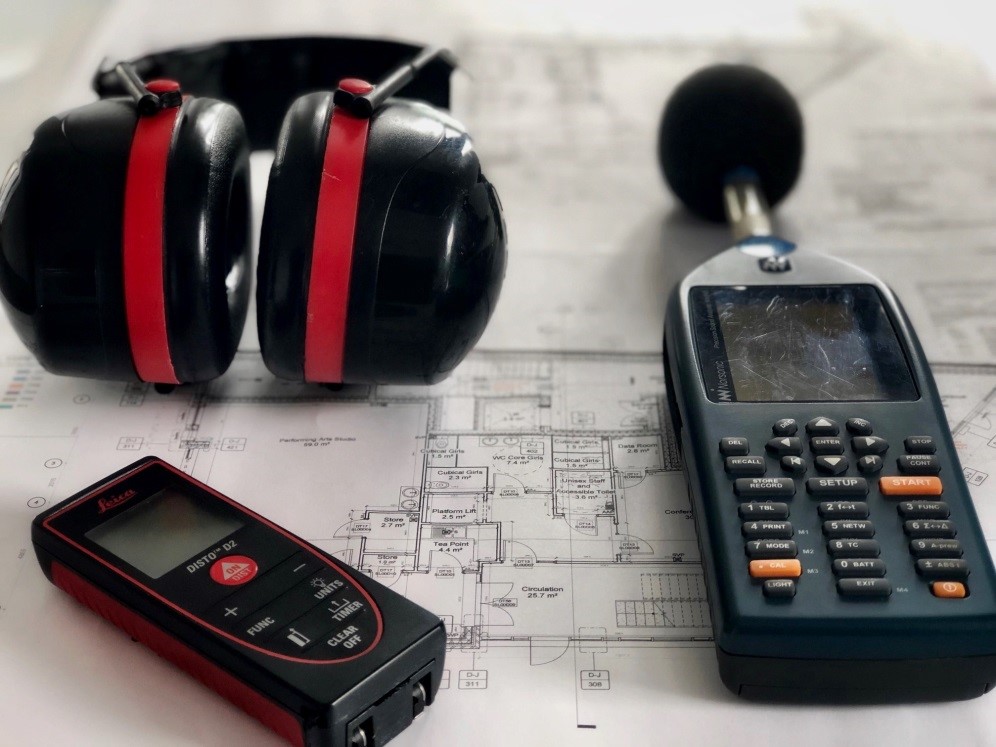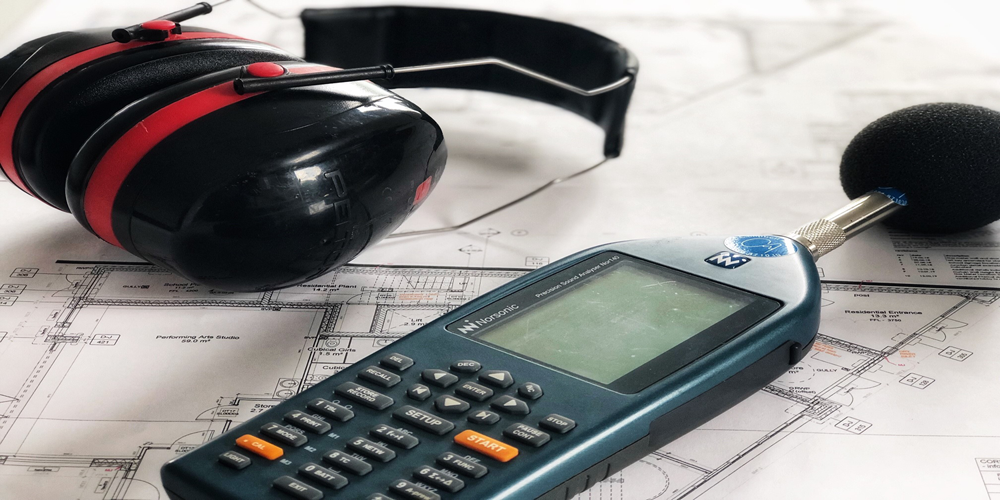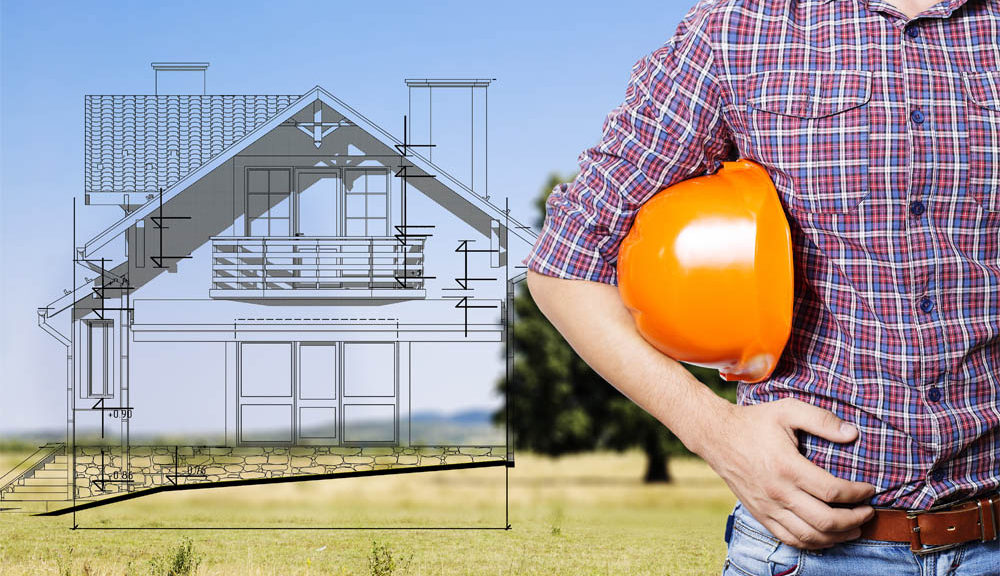
Improving Separating Walls and Floors to Pass Part E Sound Testing
Improving Separating Walls and Floors to Pass Part E Sound Testing
Approved document E of Building Regulations stipulates a minimum soundproofing standard for all new flats and houses with shared walls as well as conversion projects where house have been converted into flats. Usually, in newly built homes, you shouldn’t suffer noise issues with neighbour noise, unless they are creating very loud noise that is an environmental nuisance i.e., playing their music at 90dB.
Suffering excess noise through separating walls or floors can be a big problem for residents, and more so at night after 10pm, when there is less background noise to help the situation as noise becomes more noticeable.

Excess noise is a very common in older houses and flats constructed prior to 2004, as the dwellings may have been created with separating walls and floors, with no consideration to the sound insulation. In many of these older conversion properties, excess noise can be a huge issue as it usually consists of a timber joist with existing floorboard above and one single later of 12.5mm plasterboard below. This type of construction usually achieves around 30dB (Approved Document E, requires a minimum of 43dB for conversion properties) so normal residential noise such as speech can be easily heard from adjoining neighbours.
One simple way to upgrade the floor would be to add insulation between the joists, with acoustic resilient membrane above the flooring. Below the joists resilient bars can be installed along with two layers if 15mm soundboard. You can easily achieve 46-48dB by using the above acoustic treatment, as long as its installed inline with manufacturers details.
What’s the difference between airborne and impact noise?
There are two types of noise that usually become an issue between neighbours, airborne and impact noise; however, on closer inspection they are quite different! Airborne noise is created by speech, TV and music; whereas, impact noise is created by footfall, doors banging such as kitchen cupboard doors. In many instances impact noise is more annoying as its usually a loud thump similar to a banging of a drum sound. Impact sound can also radiate through the fabric of the building via walls etc.
Sometimes it’s a good idea to ask your neighbour to come around to your property so they can hear the noise disturbance, more often than not there can be a fairly simple solution such as replacing kitchen cupboard doors with soft closing hinge; or installing a large rug to the middle of the floor. You may even be able to do a deal where you pay half the costs which should speed up the process.
What’s Leaseholder Sound Testing?
We often get involved in leaseholder sound testing, for this type of test we undertake a sound test visit to check the sound insulation performance of the existing floor partition prior to the commencement of construction works. Thereafter, once the construction works are completed, we visit site a second time to check the acoustic performance of the newly upgraded floor is not worse than the original construction.
We can help with the acoustics on your project
Hopefully, this article will offer some guidance to help you soundproof your separating wall to reduce excess noise through the floors and help to improve the acoustic insulation values in-line with Approved Document E standards.
If you would like some more information, please give our team of friendly acoustic design consultants a call to discuss your project and let us take the stress out of soundproofing! We can undertake the initial acoustic design of your party walls and thereafter the sound testing to check the sound proofing of your party wall. For more information please email us at: info@aptsoundtesting.co.uk or visit our website here. Alternatively please call us on 07775 623464
